
England National Football Team Games

France National Football Team Games
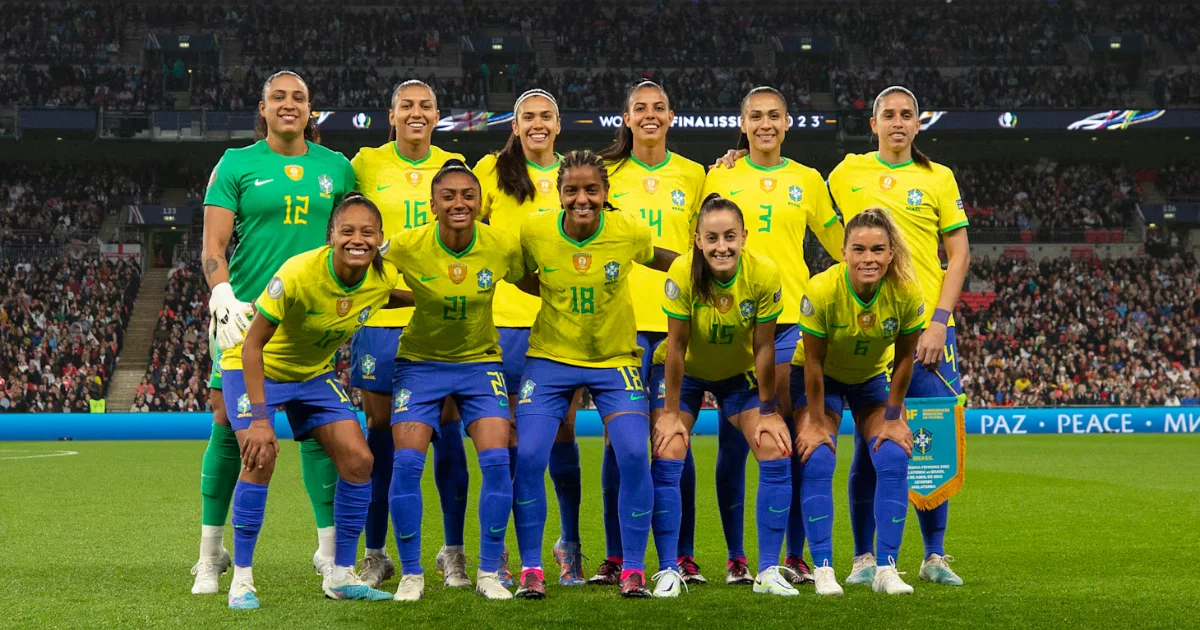
Brazil National Football Team Games
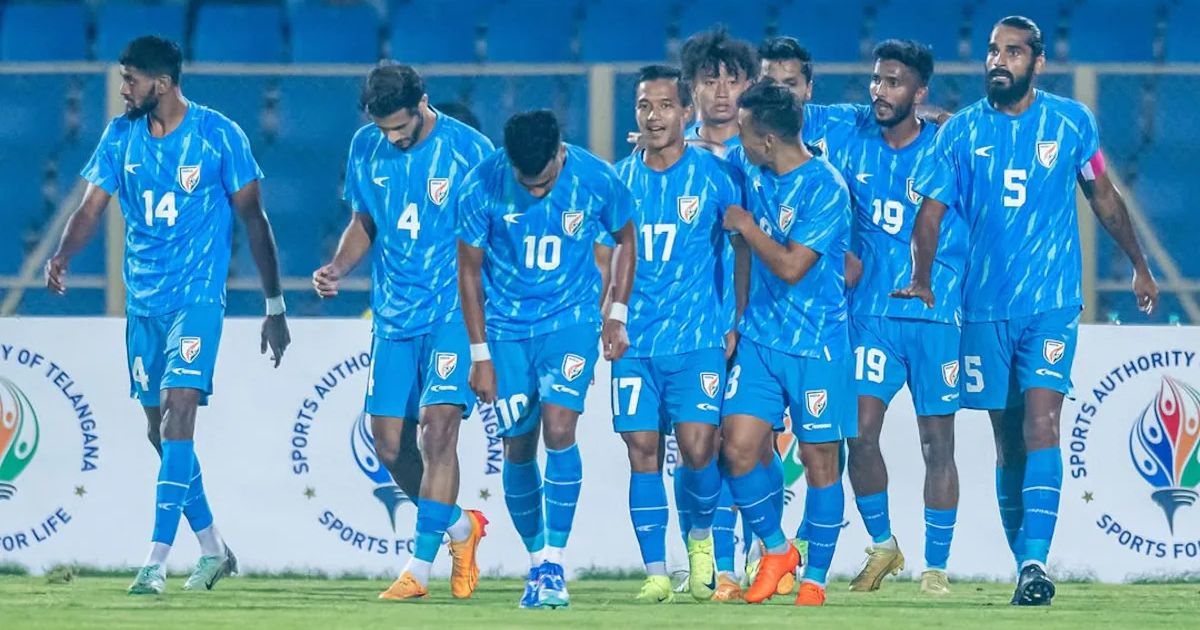
India National Football Team Games

Argentina National Football Team Games
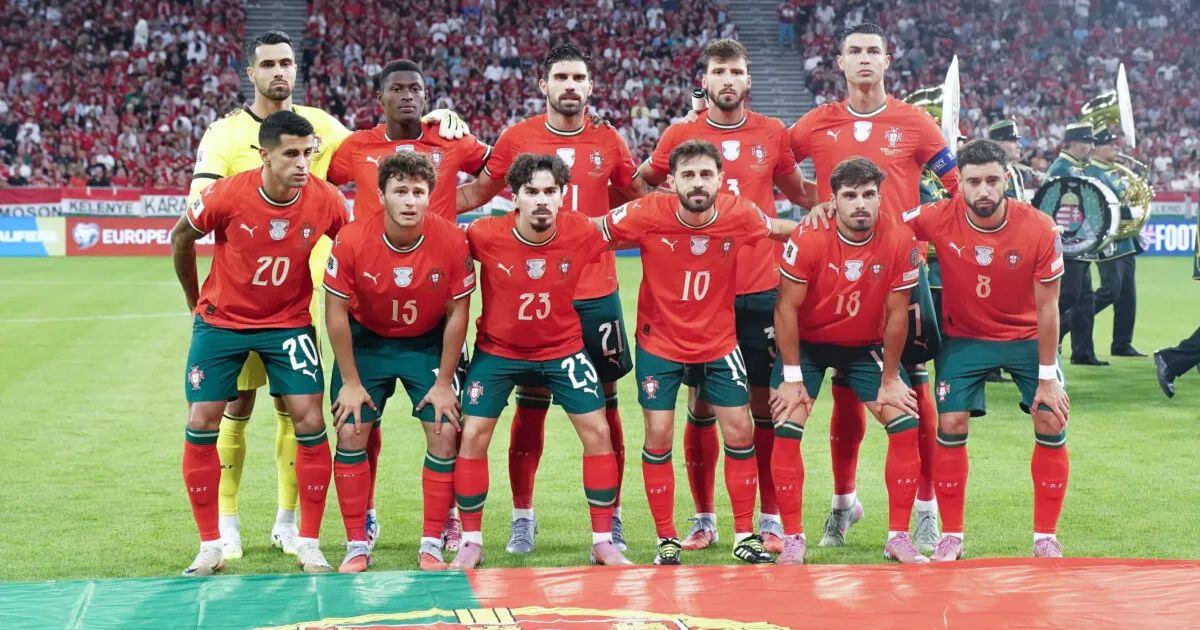
Portugal National Football Team Games
Cricket Team Timeline: A Journey Through History
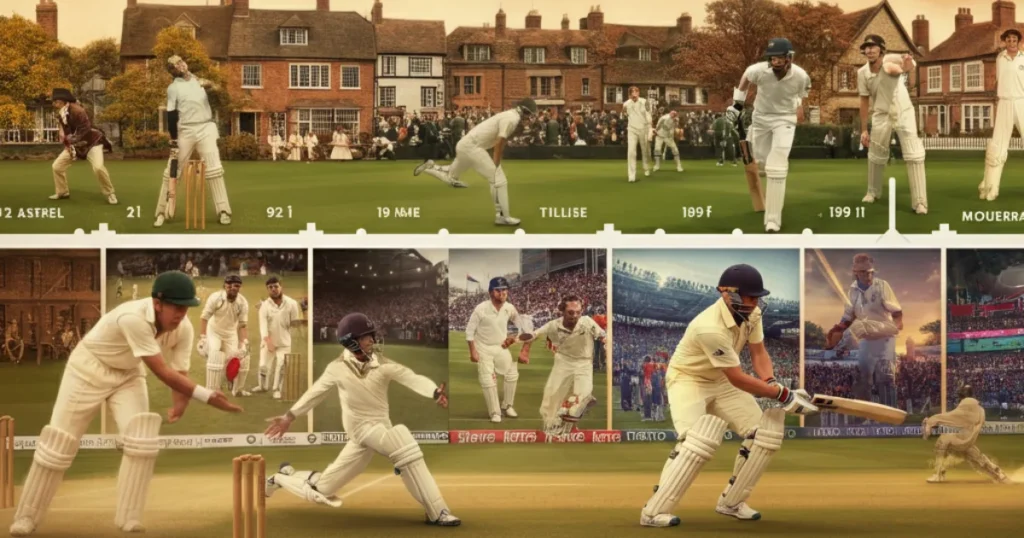
Cricket, often called a gentleman’s game, has a rich history that spans centuries. From dusty village greens to packed stadiums, cricket teams have evolved, leaving behind unforgettable moments, legendary players, and passionate rivalries. Whether you’re a young fan just learning about the sport or someone who’s followed it for years, this cricket team timeline will take you on an easy-to-read journey through the game’s history. Let’s dive into how cricket teams came to be, how they grew, and what makes them so special today.
The Early Days of Cricket (1600s–1800s)
Cricket’s story begins in England, way back in the 16th century. Kids in villages played early versions of the game, hitting a ball with a stick. By the 1600s, adults were playing too, and small teams started forming. These weren’t like today’s professional teams—think of them as groups of friends or local workers challenging other villages.
In the 1700s, cricket became more organized. Wealthy landowners formed teams, often betting big money on matches. The first known cricket club, the Hambledon Club, was founded in the 1760s in Hampshire, England. They played on open fields, wore no uniforms, and used handmade bats. Hambledon was like the rockstar team of its time, drawing crowds and setting rules that shaped the game.
By the late 1700s, the Marylebone Cricket Club (MCC) was born in London. The MCC became the game’s rule-maker, creating standards for pitches, bats, and overs. Around this time, county teams like Surrey and Kent started playing regular matches. These early teams laid the foundation for cricket’s future, turning a casual pastime into a serious sport.
The Birth of International Cricket (1800s)
The 1800s saw cricket spread beyond England. British sailors and soldiers took the game to colonies like Australia, India, and South Africa. Local people picked it up, forming their own teams. This set the stage for international cricket.
In 1844, the first international match happened between the United States and Canada—yes, before England or Australia! But the real game-changer came in 1877 when England faced Australia in Melbourne. This match, now called the first Test match, marked the start of international team rivalries. Australia won by 45 runs, and the famous Ashes series was born a few years later in 1882. The Ashes, a contest between England and Australia, is still one of cricket’s biggest events.
During this time, teams weren’t full-time professionals. Players were often amateurs—doctors, teachers, or farmers—who played for fun. But as crowds grew, so did the need for proper teams. Countries like New Zealand, South Africa, and the West Indies started forming national squads, setting up a global cricket stage.
The Golden Age of Cricket (1900–1950)
The early 1900s are often called cricket’s “Golden Age.” Teams became more skilled, and players like England’s W.G. Grace and Australia’s Don Bradman became household names. Grace, with his long beard and big personality, was like the Babe Ruth of cricket. Bradman, nicknamed “The Don,” set records that still stand, averaging an incredible 99.94 runs per Test match.
National teams grew stronger, and rivalries heated up. England, Australia, and South Africa dominated, but the West Indies started making waves with their fast bowlers and stylish batsmen. India joined Test cricket in 1932, and their passionate fans quickly made them a force to watch.
World Wars I and II paused international cricket, but local teams kept the spirit alive. In England, county cricket thrived, with teams like Yorkshire and Lancashire drawing huge crowds. In Australia, state teams like New South Wales and Victoria built fierce rivalries. These domestic teams were like training grounds, producing stars for national squads.
The Rise of Limited-Overs Cricket (1950–1980)
After World War II, cricket needed a boost. Test matches, which could last five days, were too long for some fans. Enter limited-overs cricket, a faster, more exciting format. In 1963, England introduced the Gillette Cup, a 60-over domestic tournament. Teams had to score quickly, making matches thrilling.
This led to the first One-Day International (ODI) in 1971 between Australia and England. ODIs became a hit, with colorful uniforms and floodlit stadiums. The 1975 Cricket World Cup, the first of its kind, saw the West Indies win, cementing their status as a powerhouse. Their team, led by Clive Lloyd, had fearsome bowlers like Malcolm Marshall and batsmen like Viv Richards.
During this era, teams became more professional. Players trained harder, and coaches used new strategies. Countries like Pakistan emerged as giants, with players like Imran Khan leading the charge. Domestic leagues, like India’s Ranji Trophy and Australia’s Sheffield Shield, kept feeding talent to national teams. This period marked a significant chapter in the Team Timeline, showcasing the evolution and rise of powerhouse squads across the cricketing world.
The Modern Era: T20 and Global Growth (1980–Present)
The 1980s and 1990s saw cricket teams embrace new styles. Australia, under Allan Border, became a dominant force, winning the 1987 World Cup. India’s 1983 World Cup win, led by Kapil Dev, sparked a cricket craze in the country. Sri Lanka surprised everyone by winning the 1996 World Cup with their aggressive batting.
Then came Twenty20 (T20) cricket in 2003, a super-fast format where each team plays 20 overs. T20 was a game-changer. It brought in younger fans, packed stadiums, and led to flashy leagues like the Indian Premier League (IPL), started in 2008. The IPL mixed players from different countries, creating dream teams like Mumbai Indians and Chennai Super Kings. Suddenly, cricketers were global superstars, earning big money.
Today, cricket teams are more diverse than ever. Afghanistan, a new Test-playing nation, has risen fast with stars like Rashid Khan. Women’s cricket has exploded, with teams like Australia’s women’s squad dominating World Cups. Technology, like the Decision Review System (DRS), has made the game fairer, while social media connects teams with fans worldwide.
Iconic Cricket Teams Through History
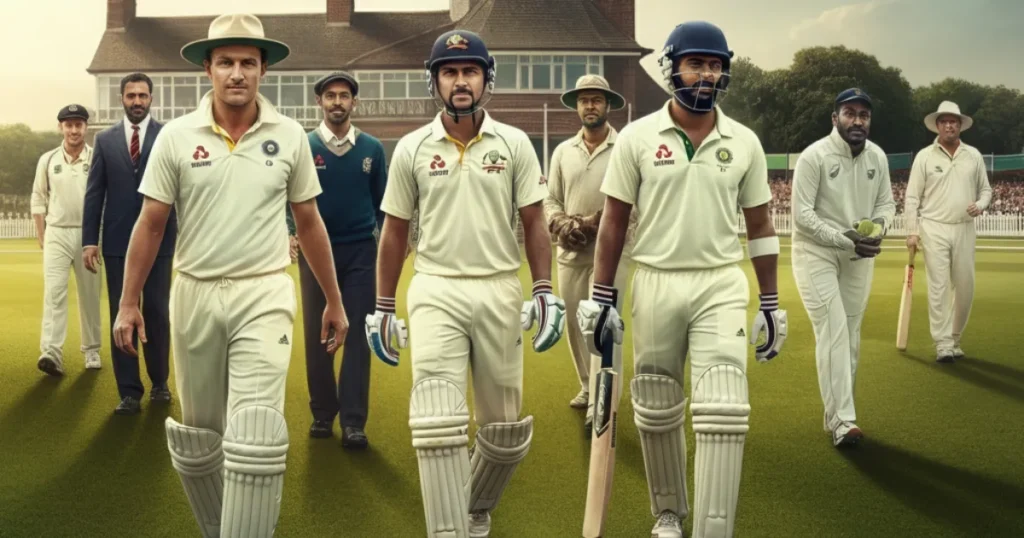
Let’s look at some legendary teams that shaped cricket’s timeline:
- England (1800s–present): The game’s pioneers, known for their Ashes battles and players like Joe Root.
- Australia (1877–present): A powerhouse with five World Cup wins and legends like Shane Warne.
- West Indies (1928–present): Ruled the 1970s and 1980s with flair, led by icons like Brian Lara.
- India (1932–present): A cricket-crazy nation with stars like Sachin Tendulkar and Virat Kohli.
- Pakistan (1952–present): Unpredictable but brilliant, with bowlers like Wasim Akram.
- South Africa (1889–present): Known for resilience, with players like AB de Villiers.
- Sri Lanka (1982–present): Masters of spin, led by Muttiah Muralitharan.
- Afghanistan (2017–present): The newest Test team, inspiring with their underdog story.
Each team has its own flavor, from Australia’s aggression to India’s passion, making cricket a global celebration.
How Cricket Teams Have Changed
Cricket teams have come a long way. Here’s how they’ve evolved:
- Players: Early players were part-time; now they’re full-time athletes with fitness trainers and diet plans.
- Formats: From five-day Tests to three-hour T20s, teams adapt to different styles.
- Technology: Teams use video analysis, GPS trackers, and data to plan strategies.
- Fans: Crowds have grown from a few hundred to millions watching on TV and online.
- Money: Top players earn millions through salaries, endorsements, and leagues like the IPL.
These changes have made cricket faster, smarter, and more exciting for fans of all ages.
Why Cricket Teams Matter
Cricket teams are more than just players on a field. They bring people together, create heroes, and spark joy. Whether it’s a village team playing for fun or India facing Pakistan in a World Cup, cricket teams tell stories of hard work, teamwork, and pride. Every Team Timeline is filled with unforgettable moments that inspire generations.
For kids, teams like Australia or Afghanistan show that dreams can come true with practice. For adults, they’re a way to relive childhood memories or cheer with friends. And for everyone, cricket teams and their Team Timelines remind us that sport can unite the world.
What’s Next for Cricket Teams?
The future looks bright. T20 leagues are growing, with new ones popping up in the USA and UAE. Women’s cricket is getting more support, with bigger tournaments and better pay. New teams, like Ireland and Nepal, are making their mark and building their Team Timeline with exciting performances. And with cricket returning to the Olympics in 2028, teams will reach even more fans.
Technology will keep changing the game, from AI-powered coaching to virtual reality fan experiences. But at its heart, cricket will stay the same—a game where teams battle with bat and ball, creating moments we’ll never forget.
Final Thoughts
The cricket team timeline is a story of growth, passion, and change. From village games in the 1600s to today’s global superstars, cricket teams have shaped the sport we love. Whether you’re cheering for India, Australia, or a local club, there’s a team out there for you. So grab a bat, watch a match, or just enjoy the history—cricket’s journey is one worth celebrating!
